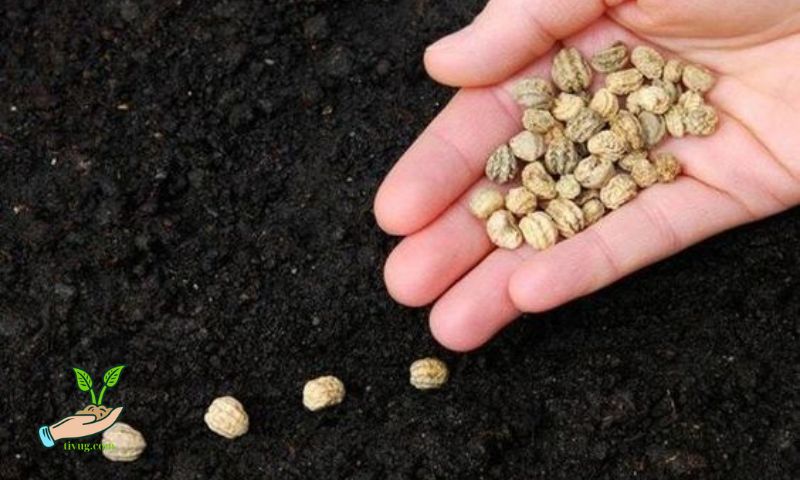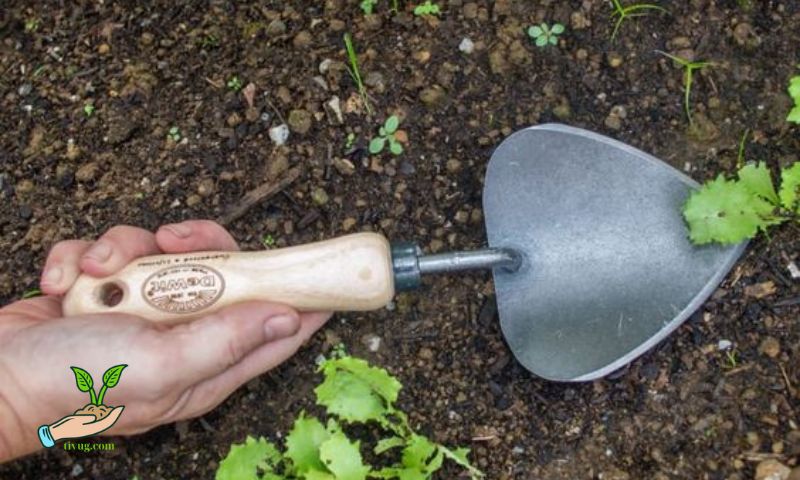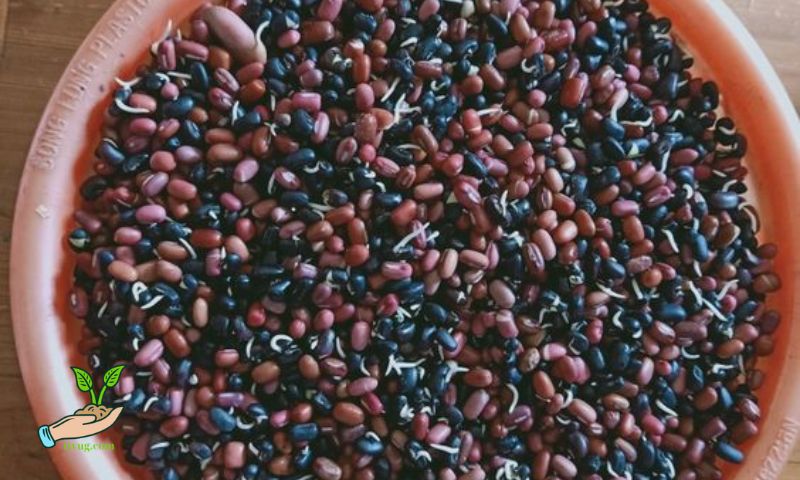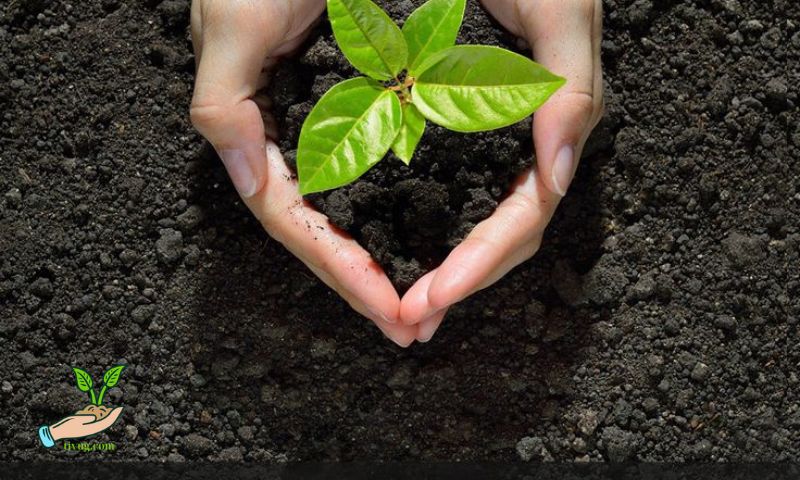Seed germination speed is crucial in gardening and agriculture, impacting crop yields and plant growth. Understanding how to expedite this process can significantly enhance gardening success. This article explores various methods and techniques to achieve quick seed germination.
Understanding Seed Germination

Seed germination is the process by which a seed develops into a new plant. It involves several stages: imbibition (absorption of water), activation of enzymes, and emergence of the radicle (embryonic root). Factors influencing germination time include temperature, moisture levels, light exposure, and soil quality.
Choosing the Right Seeds
Selecting high-quality seeds is fundamental for quick germination. Look for seeds that are plump, without signs of damage or disease. Opt for varieties known for their fast germination rates to ensure a successful start.
Pre-Planting Preparation
Seed Soaking Techniques: Soaking seeds before planting helps soften hard seed coats and kickstarts the germination process. Methods include water soaking, where seeds are submerged in water for a specified time, or chemical scarification using acids or enzymes to break dormancy.
Stratification Methods: Certain seeds, especially those from temperate climates, require stratification—exposure to cold or warm temperatures to simulate natural conditions that trigger germination. Cold stratification involves chilling seeds in moist conditions, while warm stratification uses heat to prompt germination.
Optimizing Growing Conditions

Temperature Requirements: Different seeds have specific temperature requirements for germination. Warm-season crops like tomatoes prefer warmer soil temperatures (around 70-85°F), while cool-season crops like lettuce thrive in cooler temperatures (50-65°F). Maintaining optimal temperature conditions promotes quicker germination.
Moisture Control: Adequate moisture is critical for seed germination. Ensure the growing medium is consistently moist but not waterlogged. Use a misting spray or gentle watering technique to keep the soil evenly moist during the germination period.
Light Exposure: While some seeds require light to germinate (like lettuce and petunias), others germinate better in darkness (like carrots and beets). Understand the light requirements of your seeds and provide appropriate conditions for optimal germination.
Enhancing Germination with Techniques
Seed scarification is a technique used to enhance germination for seeds with hard coats that naturally inhibit water absorption. By breaking through this protective outer layer, scarification allows moisture to penetrate more easily, thus accelerating the germination process. This method is particularly beneficial for seeds of certain plant species that have evolved to withstand harsh environmental conditions or to remain dormant until favorable growing conditions arise.
There are several methods of seed scarification, each aiming to weaken or remove the seed coat effectively:
- Mechanical Scarification: This involves physically abrading the seed coat to create small openings through which water can enter. Common mechanical methods include rubbing seeds with coarse sandpaper or gently nicking them with a sharp knife. These actions help to soften or puncture the seed coat without damaging the embryo inside.
- Hot Water Treatment: Some seeds benefit from exposure to hot water to soften their seed coats. Seeds are briefly immersed in near-boiling water and then cooled rapidly. This process helps to expand and soften the seed coat, promoting faster water absorption and subsequent germination.
- Chemical Scarification: Chemical scarification involves treating seeds with acids or other chemical solutions to break down the outer layer. This method requires careful handling and precise timing to avoid damaging the seeds or affecting their viability. Acid treatments are often diluted and applied for short periods before thorough rinsing to neutralize their effects.
The goal of seed scarification is to create conditions that mimic natural processes where seeds are exposed to physical wear or environmental cues that trigger germination. By facilitating quicker water absorption, scarification enables seeds to begin germinating sooner after planting, leading to faster emergence of seedlings and more synchronized growth.
Planting and Care Tips

Planting Depth and Spacing: Plant seeds at the recommended depth for each crop to ensure proper germination. Spacing seeds correctly prevents overcrowding and competition for nutrients, promoting healthier seedlings.
Maintenance During Germination: Monitor soil moisture regularly and adjust watering as needed to prevent drying out or waterlogging. Protect germinating seeds from pests and diseases by using mulch or row covers, especially in the early stages when seedlings are vulnerable.
Monitoring Germination Progress
Signs of Successful Germination: Look for signs such as seed swelling, the emergence of the radicle (first root), and eventually the emergence of cotyledons (first leaves). These indicate successful germination and the beginning of seedling growth.
Troubleshooting Germination Issues: Common issues include fungal diseases, poor seed quality, or incorrect environmental conditions. Address issues promptly by adjusting watering schedules, improving ventilation, or using disease-resistant seeds to optimize germination success.
Conclusion
Achieving quick seed germination requires attention to detail and the application of appropriate techniques tailored to each seed type. By understanding the factors influencing germination and implementing effective strategies, gardeners can ensure faster and more successful seedling establishment, leading to healthier plants and improved yields.
Apply the techniques and tips learned in this article to your gardening practices. Experiment with different methods of seed preparation and care to discover what works best for your specific climate and plant preferences. By mastering the art of quick seed germination, you’ll enhance your gardening experience and enjoy more abundant harvests.

